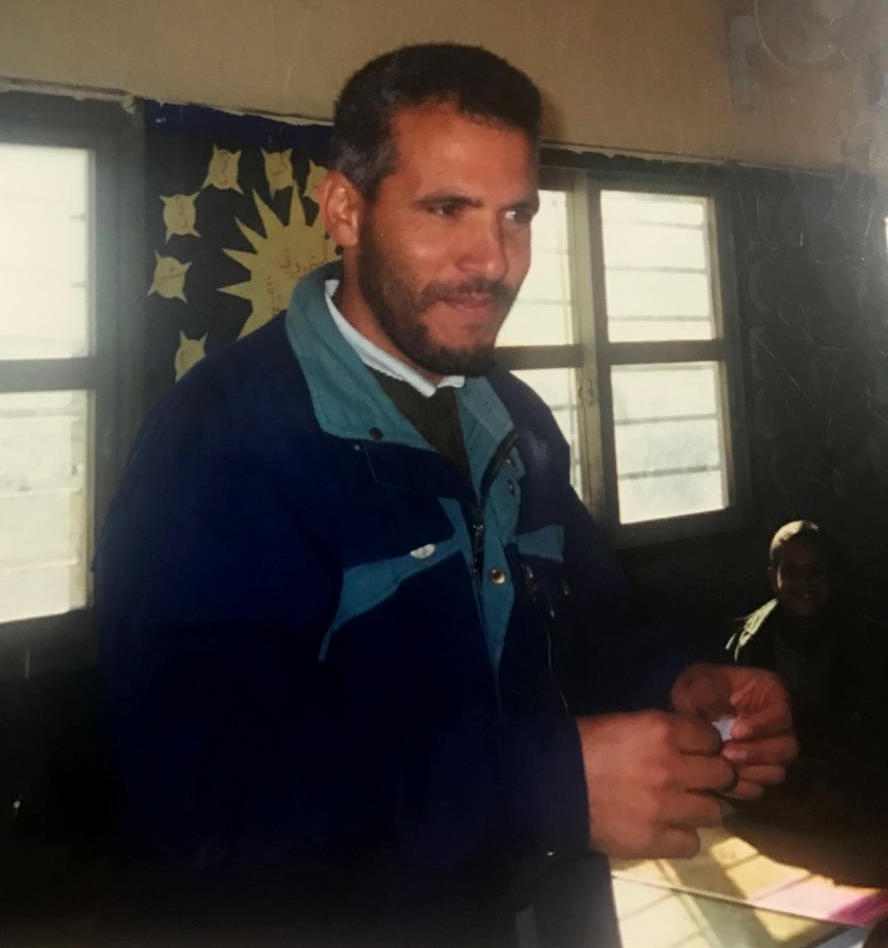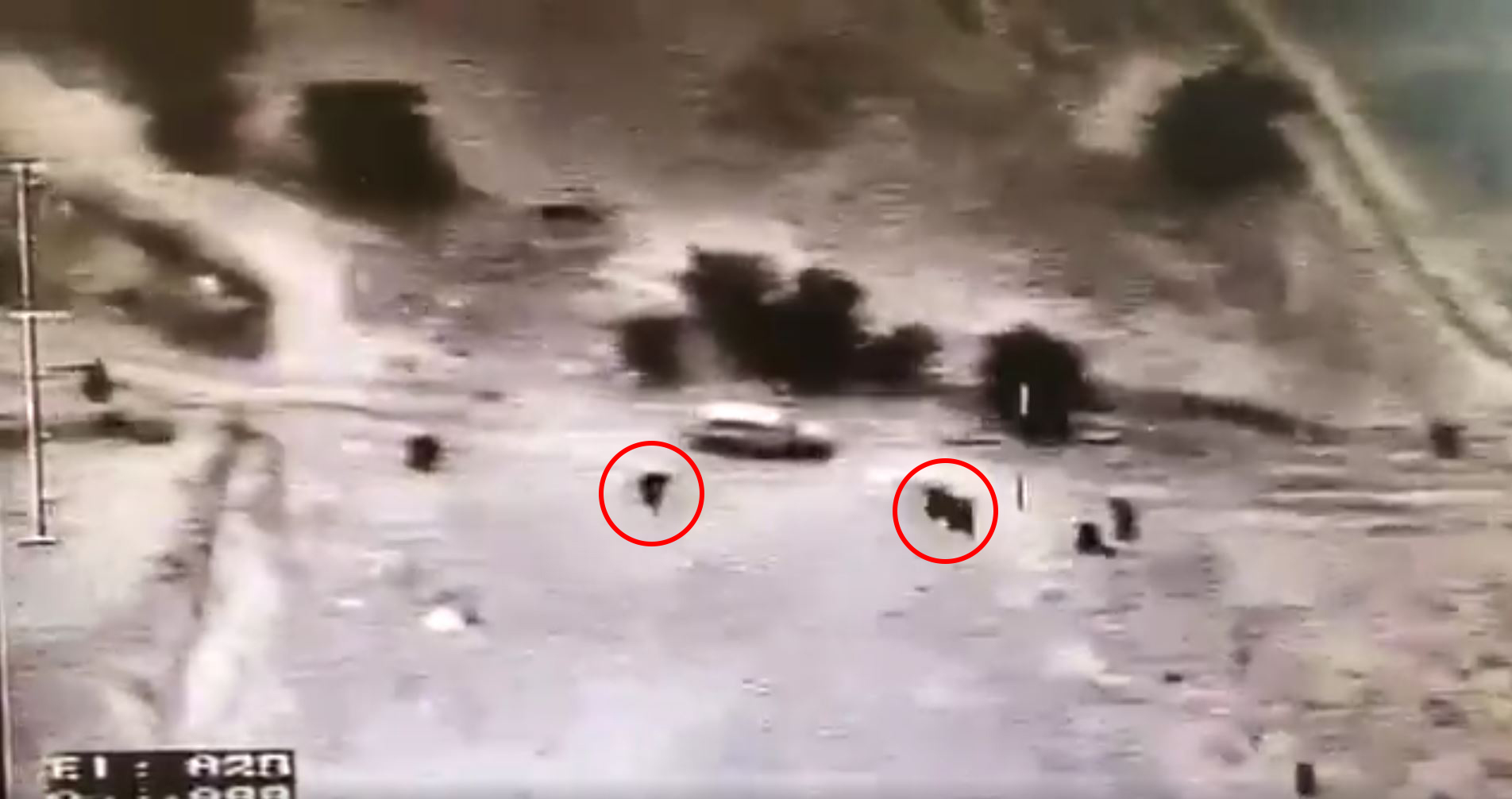Israeli police video reveals cops opened fire on Bedouin man before his car accelerated, contradicting police claims
Hours after Israeli police gunfire led to the death of a Bedouin man during a violent home demolition operation, Adalah – The Legal Center for Arab Minority Rights in Israel is demanding that Israeli authorities investigate the suspicious circumstances of his death. Two days later, Adalah also co-signed a petition to the Israeli Supreme Court demanding police immediately and unconditionally return the man’s body to his family for burial.
Mr. Ya'akub Musa Abu Al-Qi'an, a 50-year-old math teacher from Atir-Umm al-Hiran in the Naqab (Negev), Israel's southern desert region, was killed after Israeli police opened fire on his vehicle as he was driving through the Bedouin village during state preparations for a large-scale home demolition.
The parents of Abu Al-Qi'an have asked Adalah to represent the family and to demand that the Justice Ministry's Police Investigations Division (Mahash) investigate the circumstances of their son's death.
In the letter to Mahash, sent late last night (18 January 2017), Adalah Attorneys Nadeem Shehadeh and Mohammad Bassam argue that police video footage of the incident and eyewitness testimony reveal that police opened fire on Abu Al-Qi'an's vehicle before he accelerated in the direction of officers. This totally contradicts police claims that Abu Al Qi'an sought to "ram" them with his vehicle.
Israeli police aerial footage shows officers shooting at Abu Al-Qi’an’s vehicle before it accelerated.
Adalah also emphasized that, according to witnesses, police officers prevented an ambulance from approaching the scene and paramedics from treating Abu Al-Qi'an for three hours following the shooting.
"This fact alone suggests police forces violated the law and raises questions about the credibility of police testimony regarding the unfolding of events during the course of the incident," Adalah asserted.
Attorneys Shehadeh and Bassam further stress that Israeli officers in Umm al-Hiran failed to act in accordance with police regulations governing the use of firearms, which state that officers may open fire only as a last resort, and in order to prevent immediate danger. Visual evidence and eyewitness testimony seem to indicate that officers violated this regulation in this case.
Adalah demands "immediate action to conduct an autopsy of the deceased without delay and before burial. We likewise request that an autopsy be conducted on the body of the police officer who was killed, apparently when he was hit by [Abu Al-Qi'an's] vehicle."

Ya'akub Musa Abu Al-Qi'an (Photo courtesy of Mossawa Center)
Background
During the predawn hours of 18 January 2017, large numbers of police forces (Israeli media sources reported the presence of 450 officers) arrived in Umm al-Hiran to carry out demolition orders on homes in a central section of the village. During the operation, policemen shot and killed Abu Al-Qi'an while he was driving his car, which subsequently ran over a policeman during the incident. The police claim that Abu Al-Qi'an deliberately launched a car-ramming attack against the officers. However, this claim was strongly refuted by villagers and activists who witnessed the incident, stating that Abu Al-Qi'an was trying to leave the village and lost control of his car only after police fired at him.
The police released aerial footage shot from a drone several hours later, which appeared to confirm the eyewitnesses' account of events: the footage clearly shows officers shot at Abu Al-Qi'an's vehicle multiple times as he was still driving slowly along a dirt road, far from any officers, and preceding any acceleration.
Bulldozers secured by Israeli police forces eventually leveled eight homes and seven agricultural buildings in Umm al-Hiran during the course of the morning.
The state initially expelled residents of present-day Atir-Umm al-Hiran from their original lands in the village of Khirbet Zubaleh by military order in 1956. Adalah represented the residents of Atir-Umm al-Hiran – home to 1,000 Bedouin citizens of Israel - for 13 years before Israeli courts and land and planning committees to stop the demolition and eviction of the village, for the sole purpose of establishing a new Jewish town called 'Hiran' over its ruins. In 2015, the Israeli Supreme Court decided by a 2-1 majority to authorize the state's plan to demolish the village and to evict and displace its residents, and in January 2016, the Court rejected Adalah's request to re-consider this judgment and to hold a second hearing on the case.
The Court recognized that the residents, members of the Abu Al-Qi’an Bedouin tribe, were not illegal trespassers – as initially claimed by the state – but were indeed moved there by the state. Nonetheless, the Supreme Court ruled that, because the village residents are on "state land," the state could retake it and do with it as they wished.
The Court did not question why the new Israeli Jewish town had to replace the Arab village, when there exists vast and empty lands in the surrounding area. The Court also ignored the Bedouin residents’ political, social and historical roots to the land.
READ: Adalah's letter to Justice Ministry's Police Investigations Division [Hebrew]















